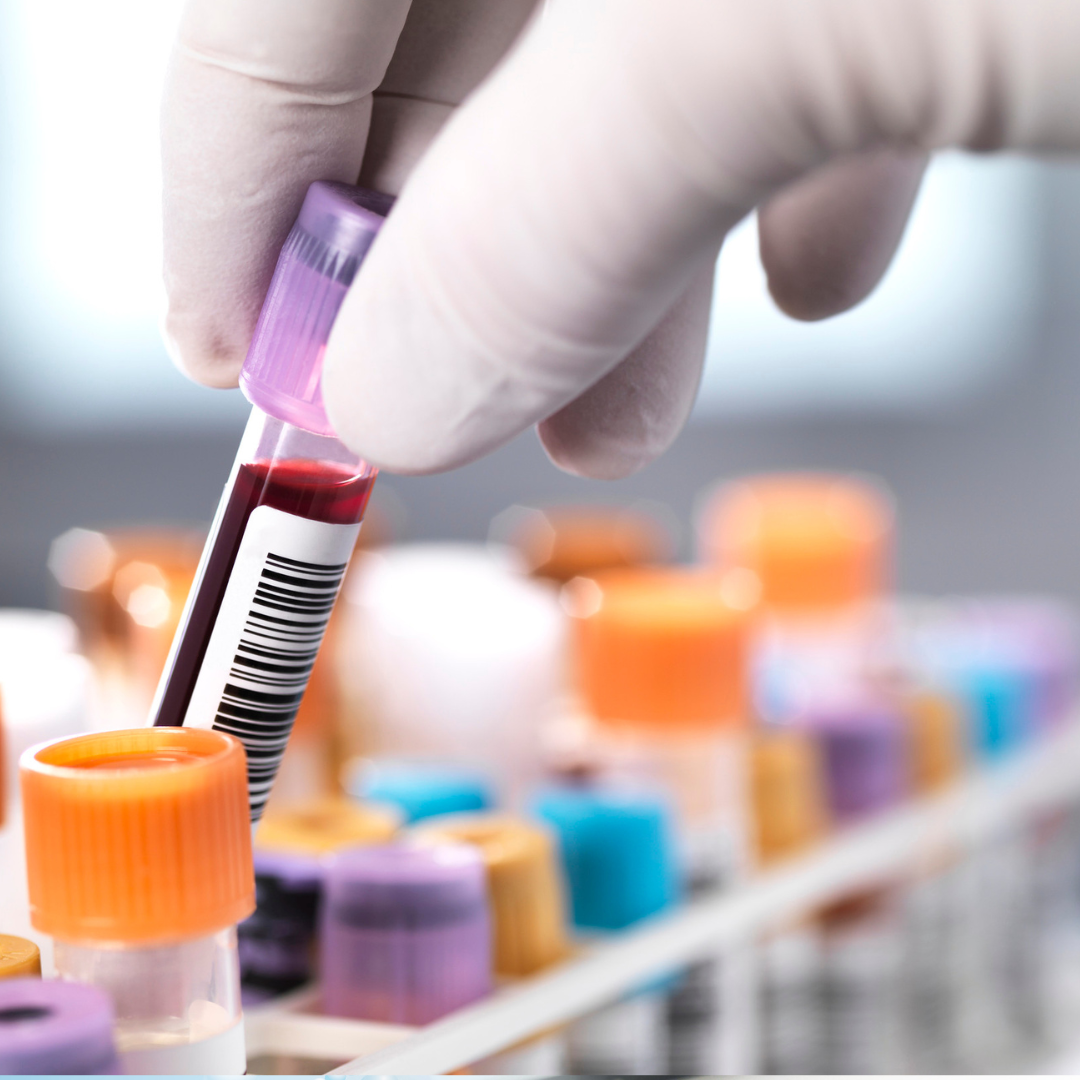A Promising Breakthrough in Type 2 Diabetes Treatment
Type 2 diabetes is a widespread metabolic disease affecting millions worldwide. It's often linked to insulin resistance and high blood sugar levels, leading to complications like heart disease and liver problems. Despite existing treatments, many patients struggle to manage their blood sugar effectively. This is where an exciting new development comes into play: a gut-liver modulator that could revolutionize how we treat type 2 diabetes.
Understanding the Gut-Liver Modulator
The investigational drug, known as berberine ursodeoxycholate (HTD1801), combines two powerful components: berberine, which helps regulate glucose and lipid balance, and ursodeoxycholic acid, a bile acid with liver-protective properties. In a phase 2 clinical trial conducted across 14 medical centers in China, including Peking University People's Hospital, HTD1801 demonstrated impressive results by significantly lowering blood sugar levels and improving metabolic and liver health in patients with type 2 diabetes.
This breakthrough is particularly significant because current treatments often focus solely on glucose regulation, leaving room for better approaches that address the broader metabolic impacts of type 2 diabetes. HTD1801 works through mechanisms such as activating AMP kinase and inhibiting the NLRP3 inflammasome, offering potential advantages over existing medications.
Implications and Future Directions
The need for innovative treatments is especially pressing in countries like China, where less than half of type 2 diabetes patients achieve target blood sugar levels. With its unique dual action on both the gut and liver, HTD1801 opens up new avenues for managing the disease more effectively. This could mean better control over blood sugar and reduced risks of associated metabolic disorders.
Conclusion
This research highlights the importance of understanding the complex interplay between the gut, liver, and metabolic health in developing effective treatments for type 2 diabetes. The findings from the phase 2 clinical trial are published in *JAMA Network Open*, showcasing the potential of HTD1801 as a novel oral treatment option. The study was conducted by researchers across multiple institutions, with notable contributions from Peking University People's Hospital in China.



